Standards
Our Standards are a crucial tool to help local authorities, developers, planners, urban designers and landscape architects across all stages of the planning, design and management of multifunctional green spaces.
For this latest iteration of our Standards we have listened hard to the industry to understand what is working and what needs improving. We’ve taken steps to set out how the Standards can be used as a starting point to deliver the best possible outcome for communities.
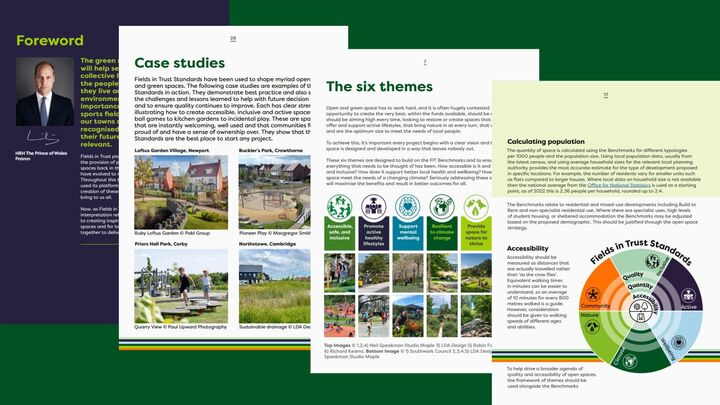
Every project should aim high and look to restore or create spaces that support active lifestyles, bring nature in at every turn, are inclusive and accessible.
Planning Policy
These supplements set out the Planning context for each nation and explain how to use the Standards when preparing planning applications for new developments or as part of the community-led planning process.
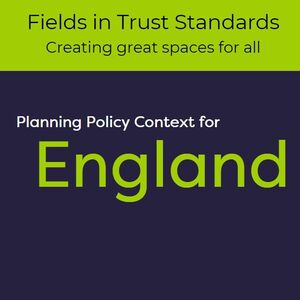
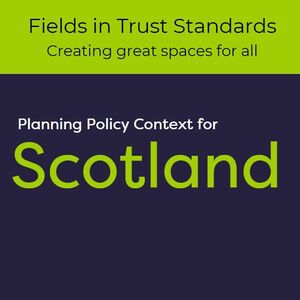
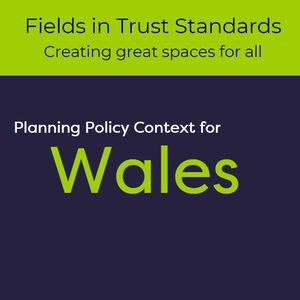

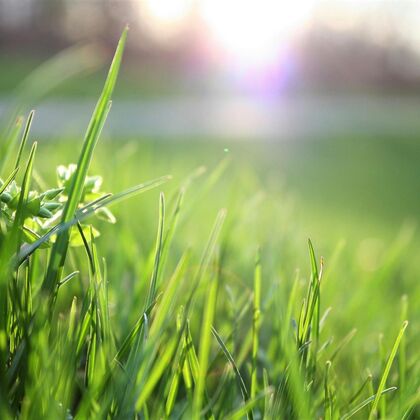
Get in touch
We’ve been influencing how open and green space is created for almost 100 years but to continue we need your support. To find out more about becoming a strategic partner email: [email protected]